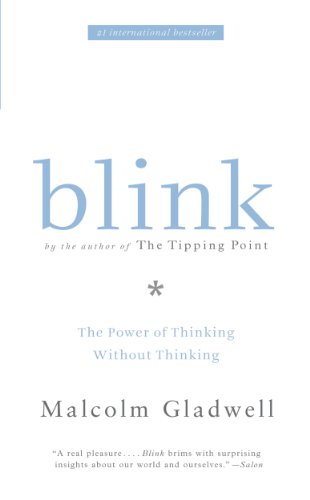

This article is an excerpt from the Shortform summary of "Blink" by Malcolm Gladwell. Shortform has the world's best summaries of books you should be reading.
Like this article? Sign up for a free trial here .
What is priming? What are the different kinds of priming?
In psychology, the priming effect occurs when exposure to a previous stimulus influences one’s reaction to the subsequent stimulus. Priming has been extensively researched in studies of a wide range of social and psychological phenomena, including memory, motivation, stereotyping, and prejudice.
Learn about the psychology of priming.
The Power of Priming
Most of the classic studies on priming use images presented subliminally. However, there are other ways to trigger the priming effect: For example, you can use particular words in the lead-up to a task or ask for particular information about the participants to influence the result.
(Shortform note: In psychology, the priming effect is a subject of debate: priming-related findings have been one of the major casualties of the reproducibility crisis in scientific research. Many follow-up studies on priming have failed to replicate the original results, suggesting that the results were either cherry-picked to yield the best results, statistically manipulated, or, at worst, fabricated. At best, priming is a more complex phenomenon than was thought at the time Gladwell wrote Blink.)
Priming Different Stereotypes Leads to Differing Performance
The subtle priming of a particular stereotype can affect people’s performance in domains that relate to the stereotype. A classic 1999 study, for example, found significant priming effects on the performance of Asian American women in the United States on a math exam. The participants were divided into three groups. One group answered questions about their ethnic identity before starting the exam, another group answered questions about their gender identity, and the third group—the control group—answered questions that were unrelated to both ethnicity and gender. Participants whose Asian American identity had been primed through the initial questionnaire performed the best on the exam. This was followed by the control group. The group whose female gender identity had been primed performed worst of all.
These researchers then carried out the same experiment in Canada, a country in which the ethnic stereotype that Asian people are better at math is less prevalent. In Canada, priming both gender and ethnic stereotypes led to poorer performance.
This study was replicated in 2014 with similar results, but with the added proviso that participants needed to be familiar with the relevant stereotypes for the priming effect to work. Given the ongoing reproducibility crisis in psychology (more on this below), replication studies are important to buttress the credibility of key findings.
These experiments show us that priming can have devastating effects on our unconscious attitudes and, consequently, our lives. But they also show us a path forward. If we can negatively influence our hidden attitudes, we can also positively influence them.
———End of Preview———

Like what you just read? Read the rest of the world's best summary of "Blink" at Shortform . Learn the book's critical concepts in 20 minutes or less .
Here's what you'll find in our full Blink summary :
- How you can tell if a marriage will fail, within 3 minutes
- Why your first impressions are usually surprisingly accurate
- The dark side to making first impressions, and how to avoid the,






